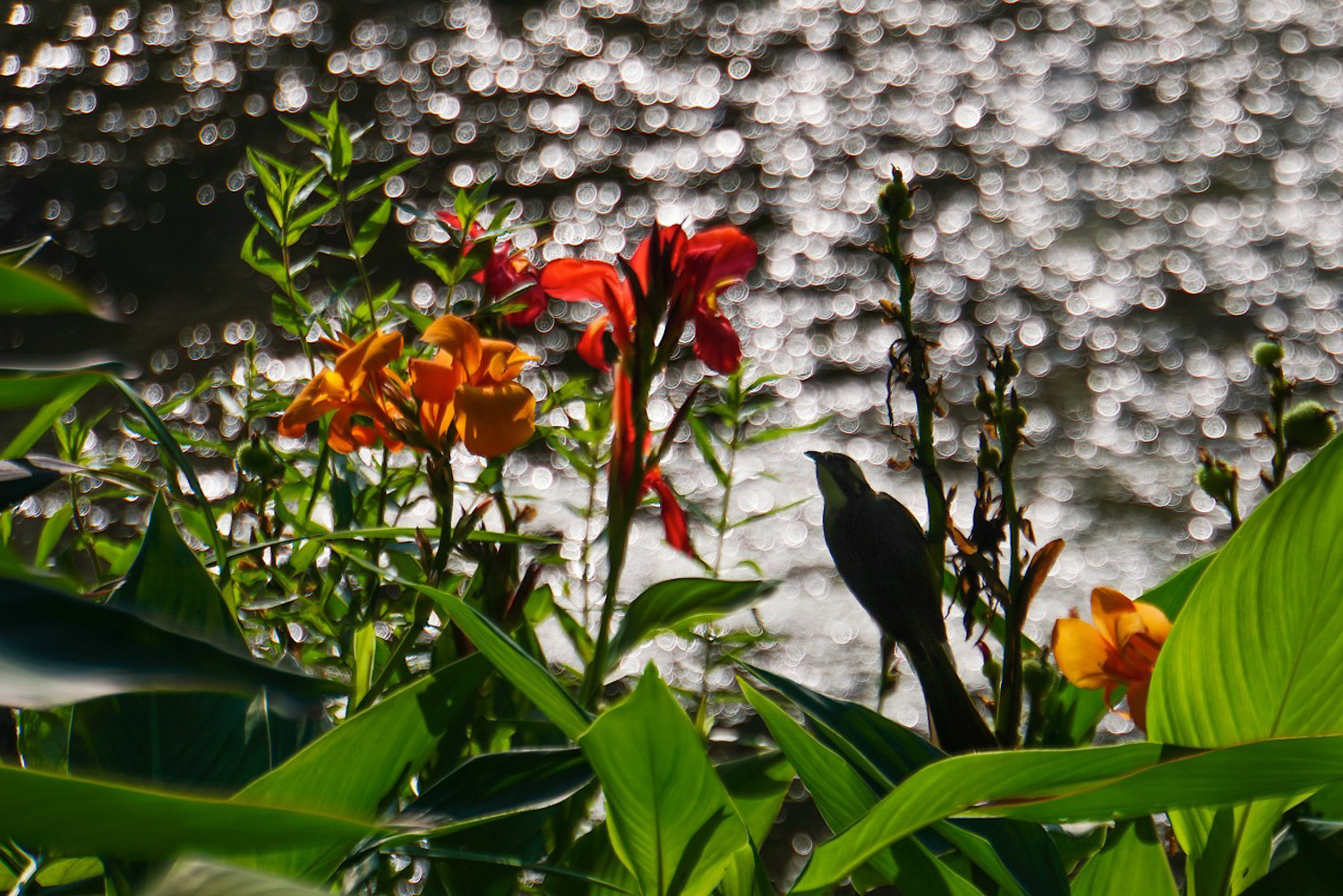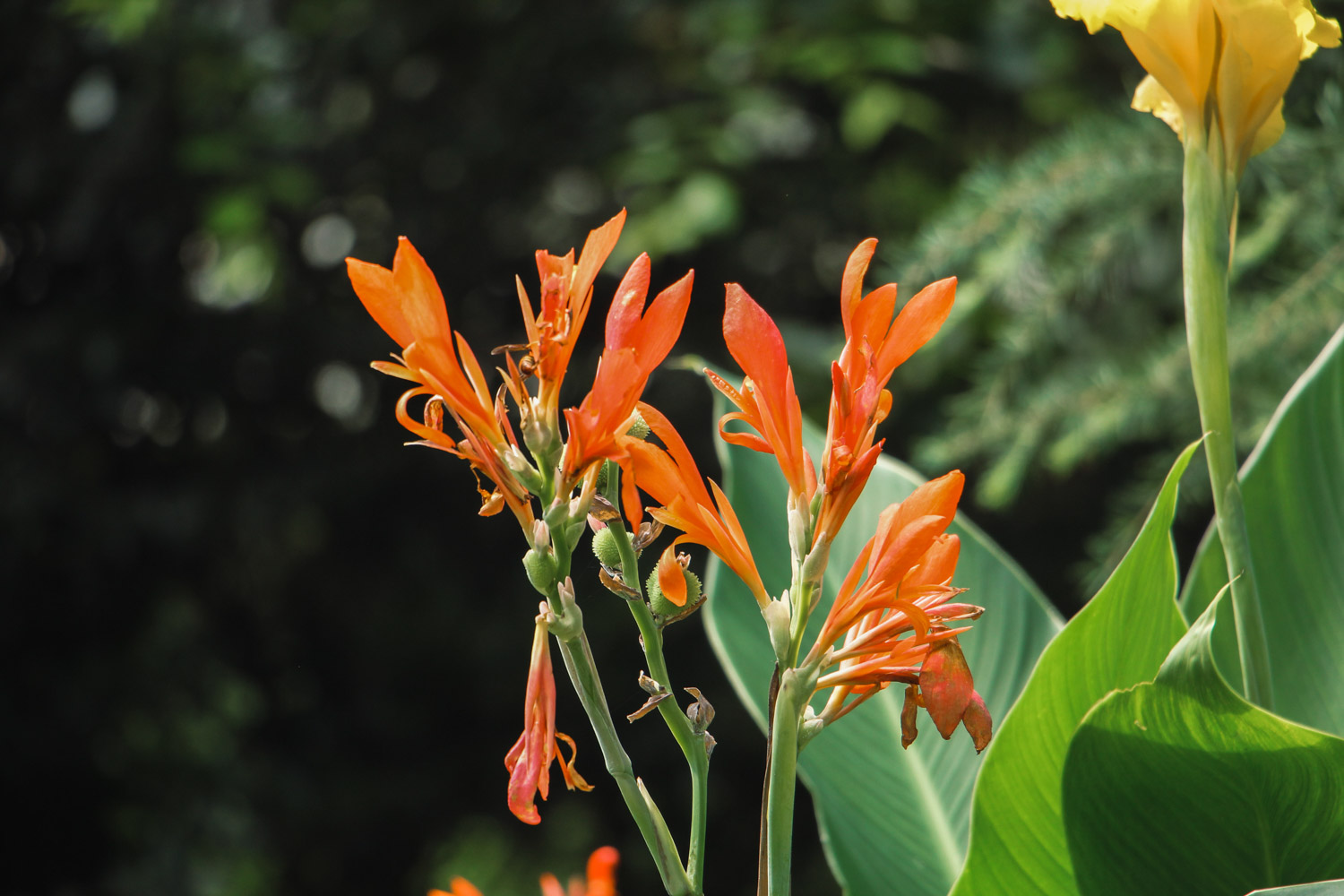Seeding method
Before sowing, cut the hard seed coat of the seed with a sharp tool, preferably from April to May
After that, the seeds are soaked in warm water at 25 ℃ for 24 hours, then sown in plain sandy soil, and then covered with soil. It is best not to be too thick, and 1-2 times of the seed diameter is the best
After sowing, keep the soil moist and control the ambient temperature between 10 ℃ - 15 ℃. Buds can appear within 2-3 weeks. When 2-3 leaves grow, they can be transplanted once, and they can bloom in the same year or the next year

Rhizome splitting method
It is best to breed in March and April every year
Pot soil should be mixed with rotten leaf soil, garden soil, peat soil, mountain mud and other soil rich in organic matter. Generally, rotten leaf soil, vegetable garden soil and rice husk ash are used as raw materials in the ratio of 1:1.5:0.5, and a small amount of fertilizer such as soybean cake and bone meal are added
Dig out the old rhizome, remove the rotten part, and divide it into blocks. Each rhizome retains 2-3 buds with roots. Plant it into the soil, about 10cm deep, and the best bud tip can expose the basin soil
After planting, pour enough water. When the new buds grow 5-6 leaves, apply rotten fertilizer once, and then bloom in that year

Ramet method
Ramets are generally carried out on rainy days or in the evening from June to July. For plants with spacing between plants or plant clusters of more than 4-5cm and no inflorescence
First, use a sharp tool to cut vertically down from the plants, quickly divide the plants, and pay attention to bring a little more soil, so as not to damage the branches and leaves
After that, it shall be directly planted into the prepared container. After planting, pay attention to watering. If the environment is dry, it shall also be properly shaded and sprayed with water to increase the environmental humidity
In about 10 days, the new plant can develop into a complete plant


 how many times do yo...
how many times do yo... how many planted tre...
how many planted tre... how many pine trees ...
how many pine trees ... how many pecan trees...
how many pecan trees... how many plants comp...
how many plants comp... how many plants can ...
how many plants can ... how many plants and ...
how many plants and ... how many pepper plan...
how many pepper plan...





























